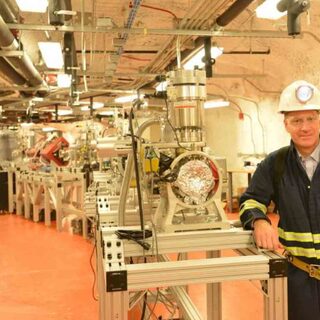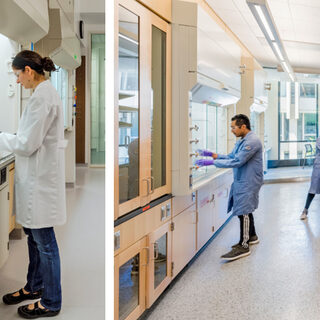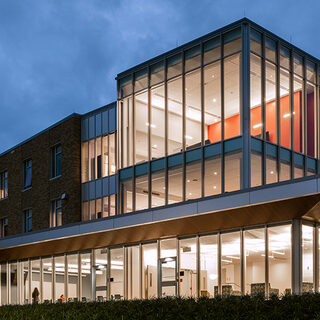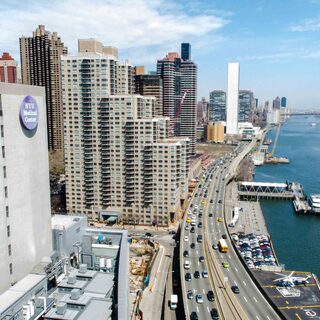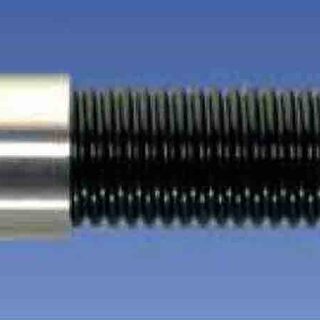Tradeline's industry reports are a must-read resource for those involved in facilities planning and management. Reports include management case studies, current and in-depth project profiles, and editorials on the latest facilities management issues.
Latest Reports
Creating Unique Research Facilities to Pursue the Newest Scientific Exploration
Most A&E teams will never have to plan the descent of a highly sensitive, one-of-a-kind particle accelerator a mile down a wet, dark, crooked shaft to an astrophysics research facility built in a decommissioned gold mine. Or collaborate on a strategy to acquire and store the equivalent of 20 percent of a year’s production of xenon gas without making a massive one-time purchase that could trigger a drastic spike in market prices. Or order equipment from around the globe that has to be transported by ship, rail, or truck because of the exposure to radiation in flight. The professionals who faced these challenges will probably not encounter them again on future projects. However, as scientific discovery continues to push the frontiers of the unknown, the need to create unique research environments is likely to become more frequent.
Energy-Efficient, Sustainable, Cost-Effective Facilities Start with Asking the Right Questions Early
Key questions asked during the planning process can drive the design of new and renovated research facilities, creating a high-performance, sustainable building with predictable operating costs. Questions from the building owner and stakeholders should focus on upfront costs, energy efficiency, long-term savings, safety, potential risks, construction materials, carbon reduction, zero waste, and performance vs. sustainability. For example: What energy efficiency measures should be explored? What safety strategies will have the most impact? What would it take to create a net zero lab?
42 Langguth Hall
Fairfield University has added a new residence hall to its campus, filling in the surrounding quad and providing students with modern amenities. The 65,000-sf 42 Langguth Hall houses primarily freshmen and sophomores in the Ignatian Leadership Residential College. The L-shaped facility houses 202 students—in 190 double rooms and 12 singles, plus three resident director suites. Fully accessible unisex bathrooms and showers are on floors one through three. The interior affords expansive open spaces and a spacious common area, with three floors of dorm rooms and a partial basement of supporting functions. The corner of the L is framed by a glass tower that connects to the quad and serves as a beacon.
Creating a Disaster-Resilient Biomedical Facility
The nation’s academic biomedical research facilities are largely unprepared for natural and man-made disasters that could damage buildings, equipment, IT systems, and materials, and ultimately jeopardize research and scientific careers. A recently released study by the National Academies of Sciences, Engineering, and Medicine calls for institutions and scientists to focus on risk assessment and resilience planning to secure their capital and research investments. In order to do that successfully, institutions need to expand their emergency response and recovery plans and think beyond current building codes, which focus on the life safety needs of the occupants but have yet to account for the significant risks posed to their research programs.
New Approaches to Chemical Safety in Research Labs
Laboratories that handle potentially hazardous or flammable chemicals present a unique challenge for facilities managers charged with providing a safe work environment for students, faculty, and researchers. Jonathan Eisenberg, a fire protection engineer and associate principal in the Boston office of the global engineering and consulting firm Arup, has identified a number of focus areas, ranging from items you might expect (using the appropriate fire suppression methods), to those you might overlook (ensuring that the humidity level is high enough so that people don’t generate sparks from static electricity). It’s important for facilities managers to understand each of the potential risks and to take steps to mitigate them with careful planning, adherence to basic fire safety principles, and the application of recently developed tools and techniques.

